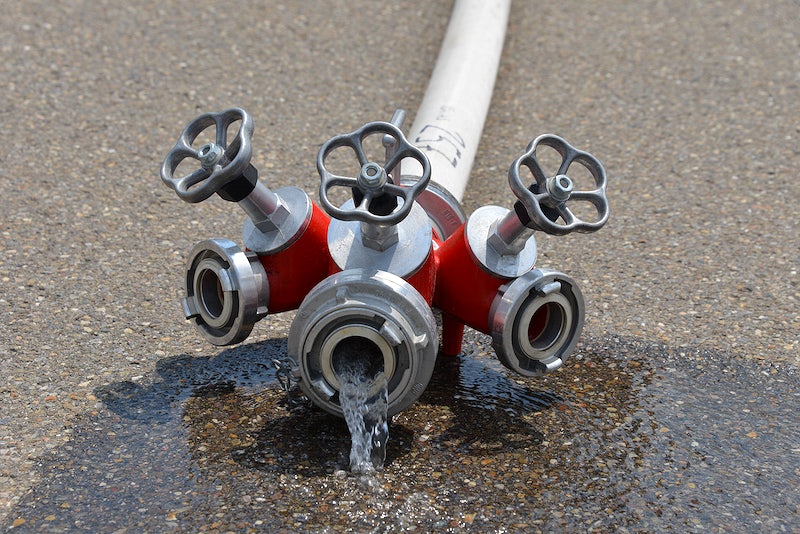When it comes to the essential systems that keep our homes running smoothly, the main water shut-off valve often takes a backseat in our thoughts. Yet, this unassuming valve plays a critical role in protecting your home from water-related disasters. In this blog, we’ll uncover the significance of the main water shut-off valve, its location, maintenance, and why every homeowner should be well-acquainted with it.
The Silent Guardian: Imagine coming home to a burst pipe or a malfunctioning appliance that’s flooding your space. In such emergencies, the main water shut-off valve becomes your first line of defense. This valve, usually located near the point where the main water supply enters your house, is designed to completely halt the flow of water to your entire property. This instant control can prevent extensive water damage, mold growth, and costly repairs.
Locating the Valve: Knowing the location of your main water shut-off valve is crucial. Typically, it can be found in one of three places:
- Basement or Crawl Space: In many homes, the valve is located where the water main enters the building, often in the basement or crawl space.
- Utility Room or Garage: If you have a utility room or garage, check near the water heater or along the wall where the main water line enters.
- Pit or Valve Box: In some cases, particularly for properties with outdoor meters, the valve might be in a pit or valve box in your yard.
Familiarize yourself with your valve’s location before an emergency strikes. This knowledge can save you precious time and limit potential damage.
Maintenance and Accessibility: The main water shut-off valve should always be accessible and easy to operate. Over time, valves can become stiff due to lack of use or corrosion. Regular maintenance involves turning the valve off and on a couple of times a year to ensure it functions smoothly. If you find it difficult to turn or notice any leaks, consider having a plumber inspect and possibly replace it.
Emergency Preparedness: Natural disasters, freezing temperatures, and unexpected plumbing mishaps can strike when you least expect them. As part of your emergency preparedness plan, make sure everyone in your household knows the location of the main water shut-off valve and how to operate it. Labeling the valve and its corresponding pipes can be helpful, especially for those who might not be familiar with plumbing systems.
Vacation and Extended Absences: Before leaving for an extended period, it’s a good idea to turn off the main water shut-off valve. This simple step can prevent potential leaks or bursts that might go unnoticed in your absence, saving you from returning to a watery disaster.
Conclusion: The main water shut-off valve might not be the most glamorous feature of your home, but its importance cannot be overstated. It stands as your safeguard against water-related calamities, offering you peace of mind and the ability to take control when water issues arise. Take the time to locate, maintain, and educate your household about this uncelebrated hero of your home’s plumbing system.
